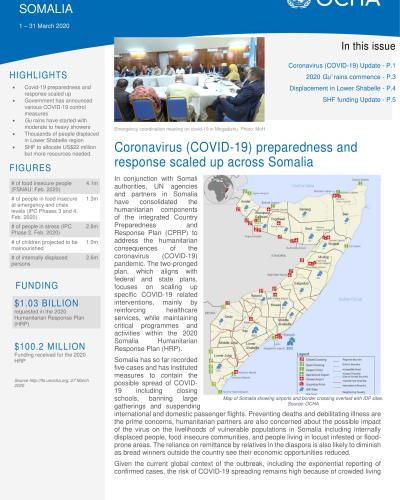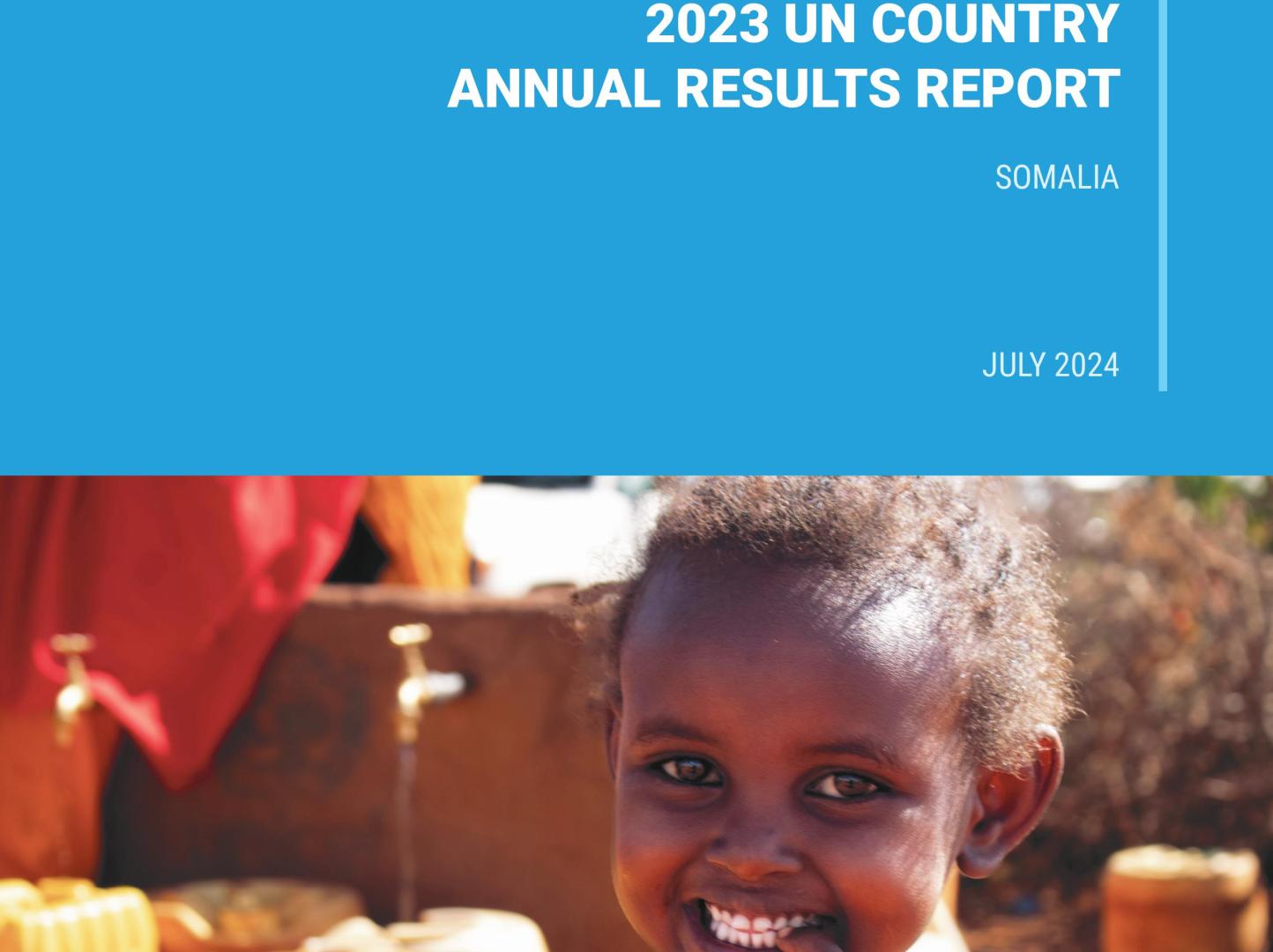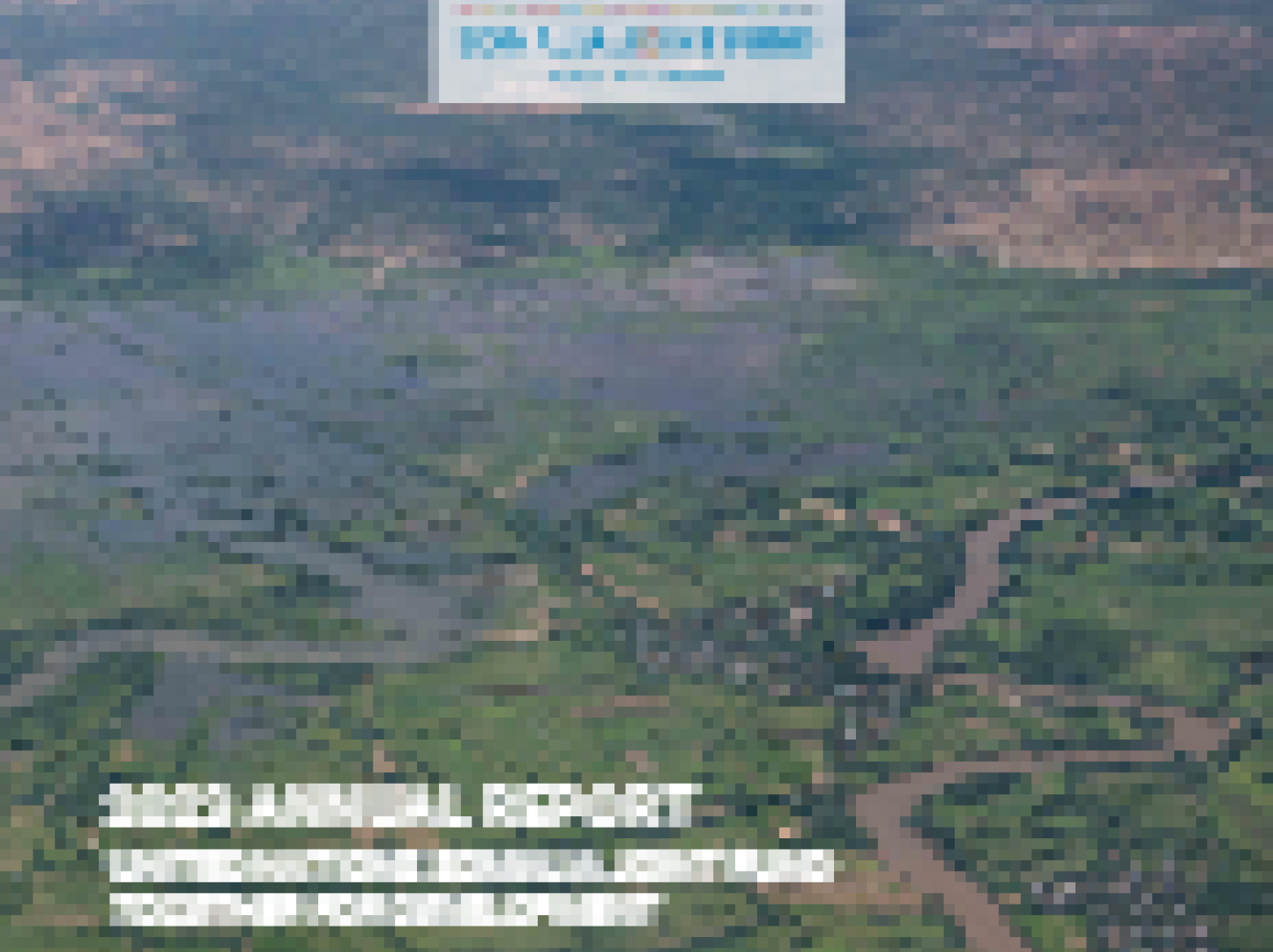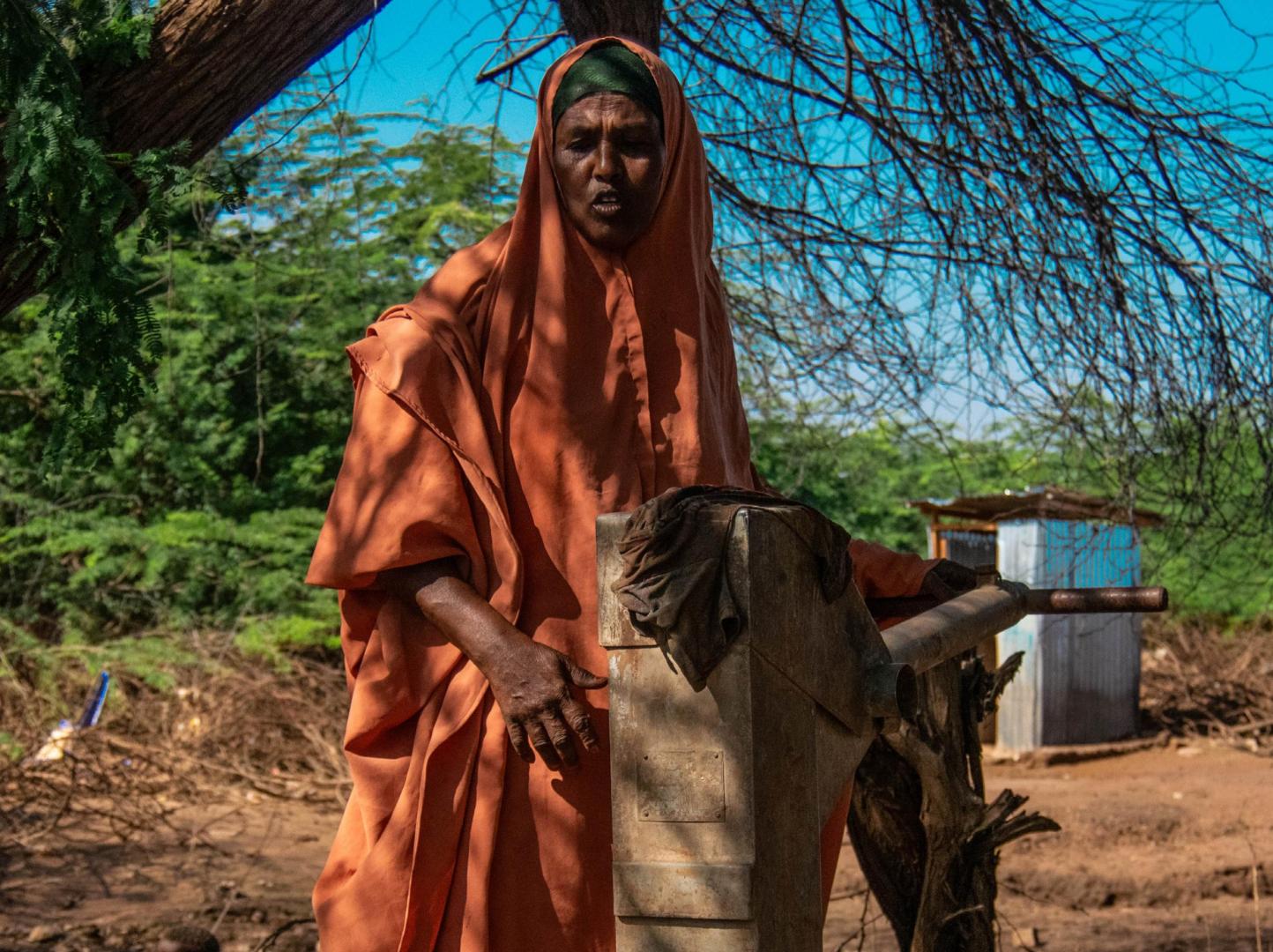Somalia Humanitarian Bulletin, 1 – 31 March 2020

HIGHLIGHTS
-
Covid-19 preparedness and response scaled up
-
Government has announced various COVID-19 control measures
-
Gu rains have started with moderate to heavy showers
-
Thousands of people displaced in Lower Shabelle region
-
SHF to allocate US$22 million but more resources needed.
Coronavirus (COVID-19) preparedness and response scaled up across Somalia
In conjunction with Somali authorities, UN agencies and partners in Somalia have consolidated the humanitarian components of the integrated Country Preparedness and Response Plan (CPRP) to address the humanitarian consequences of the coronavirus (COVID-19) pandemic. The two-pronged plan, which aligns with federal and state plans, focuses on scaling up specific COVID-19 related interventions, mainly by reinforcing healthcare services, while maintaining critical programmes and activities within the 2020 Somalia Humanitarian Response Plan (HRP).
Somalia has so far recorded five cases and has instituted measures to contain the possible spread of COVID19 including closing schools, banning large gatherings and suspending international and domestic passenger flights. Preventing deaths and debilitating illness are the prime concerns, humanitarian partners are also concerned about the possible impact of the virus on the livelihoods of vulnerable populations in Somalia including internally displaced people, food insecure communities, and people living in locust infested or floodprone areas. The reliance on remittance by relatives in the diaspora is also likely to diminish as bread winners outside the country see their economic opportunities reduced.
Given the current global context of the outbreak, including the exponential reporting of confirmed cases, the risk of COVID-19 spreading remains high because of crowded living conditions in urban centres and poor hygiene practices. According to WHO, countries in fragile, conflict and vulnerable settings like Somalia are especially at risk for wide-spread community transmission should an imported case go undetected among the general population.
Somalia’s capacities to prevent, detect and respond to any global health security threat scored 6 out of 100 as measured by the Health Emergency Preparedness Index in 2016.
The number of health workers in different parts of the country is 2 per 100,000 people compared to the global standard of 25 per 100,000 people. Less than 20 per cent of health facilities have the required equipment and supplies to manage epidemics.
The most vulnerable population includes over 2.6 million internally displaced persons (IDPs) living in overcrowded sites with poor hygiene. Due to their low economic status, the IDPs have limited access to health care service, if at all. Many also lack safe drinking water, clean latrines and hygiene kits including soap. Apart from IDPs, the elderly - approximately 2.7 per cent of the population - and the urban poor, are also considered vulnerable groups who could be heavily impacted should COVID-19 spread.
The CPRP will complement the Government’s national preparedness plan launched on 26 March, which seeks US$57.8 million to scale up preparedness, readiness and response over the next nine months. It is informed by the Government’s analysis of the socioeconomic impact of COVID-19 and aligned to WHO’s strategic preparedness and response guidelines.






